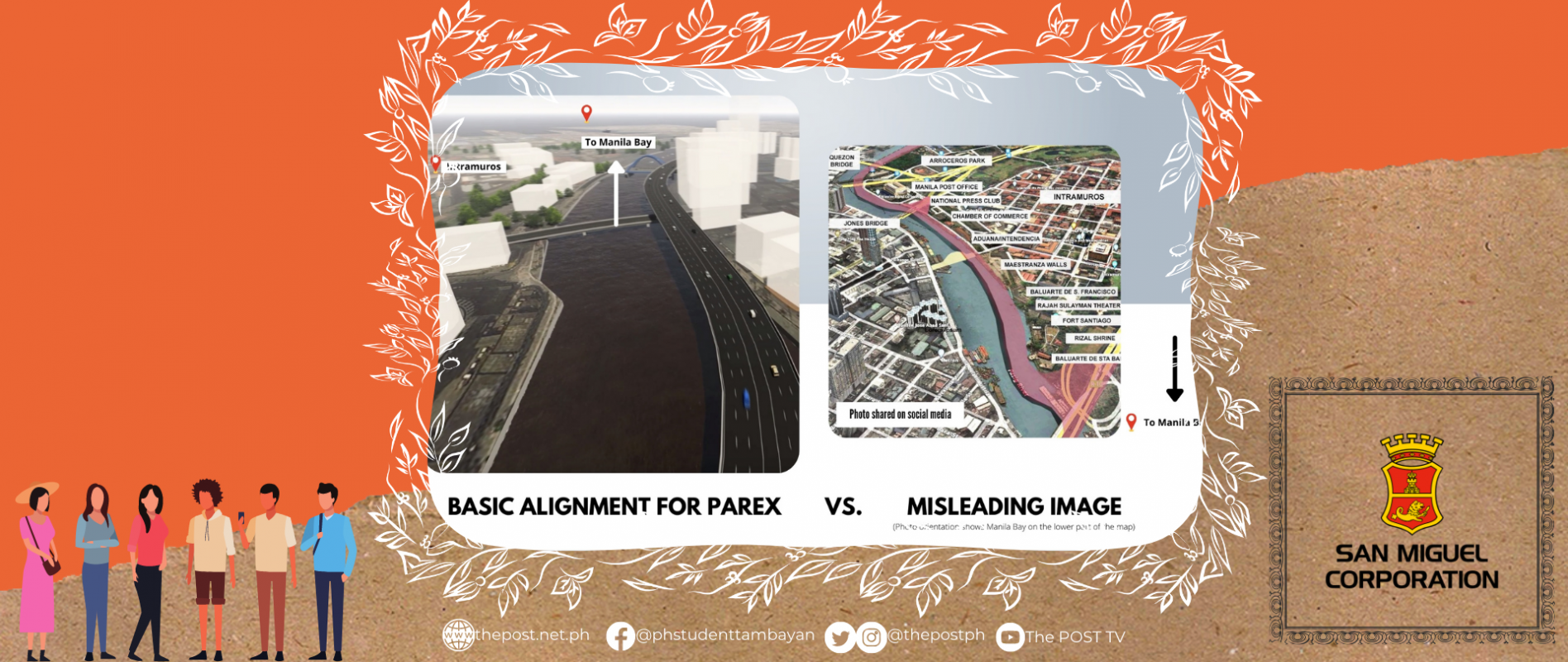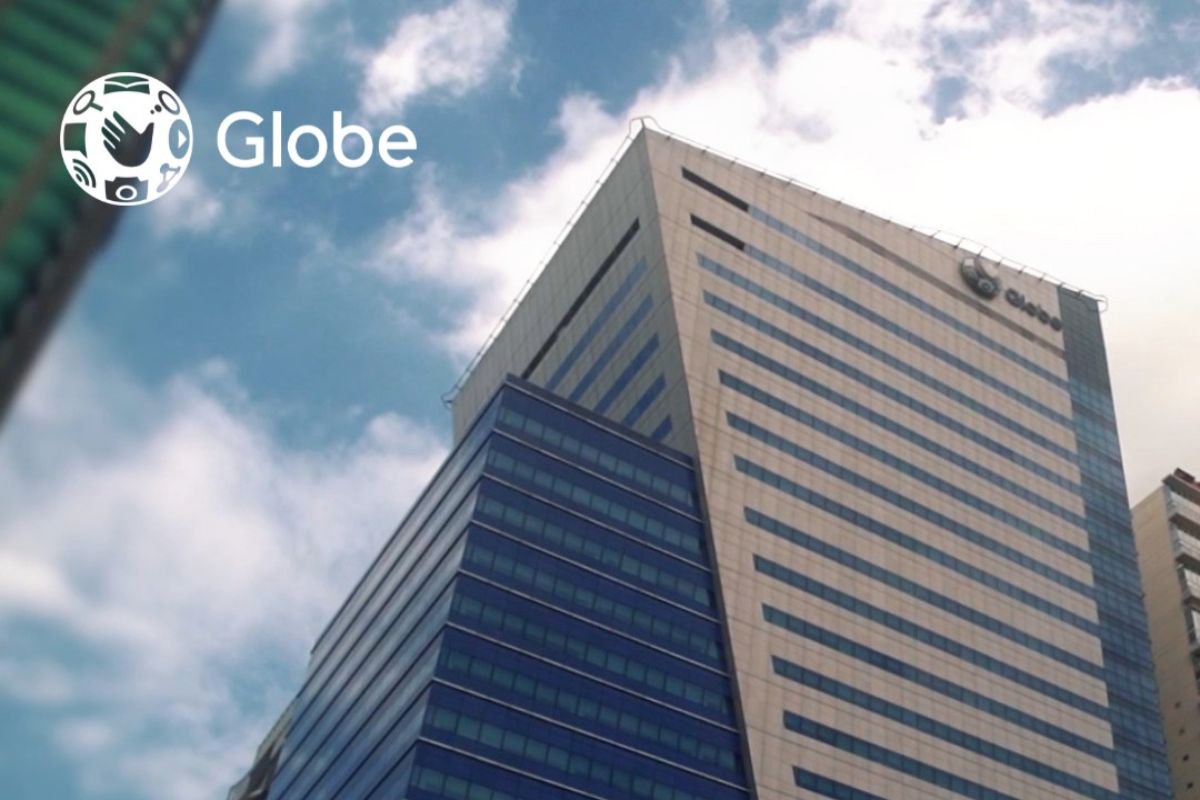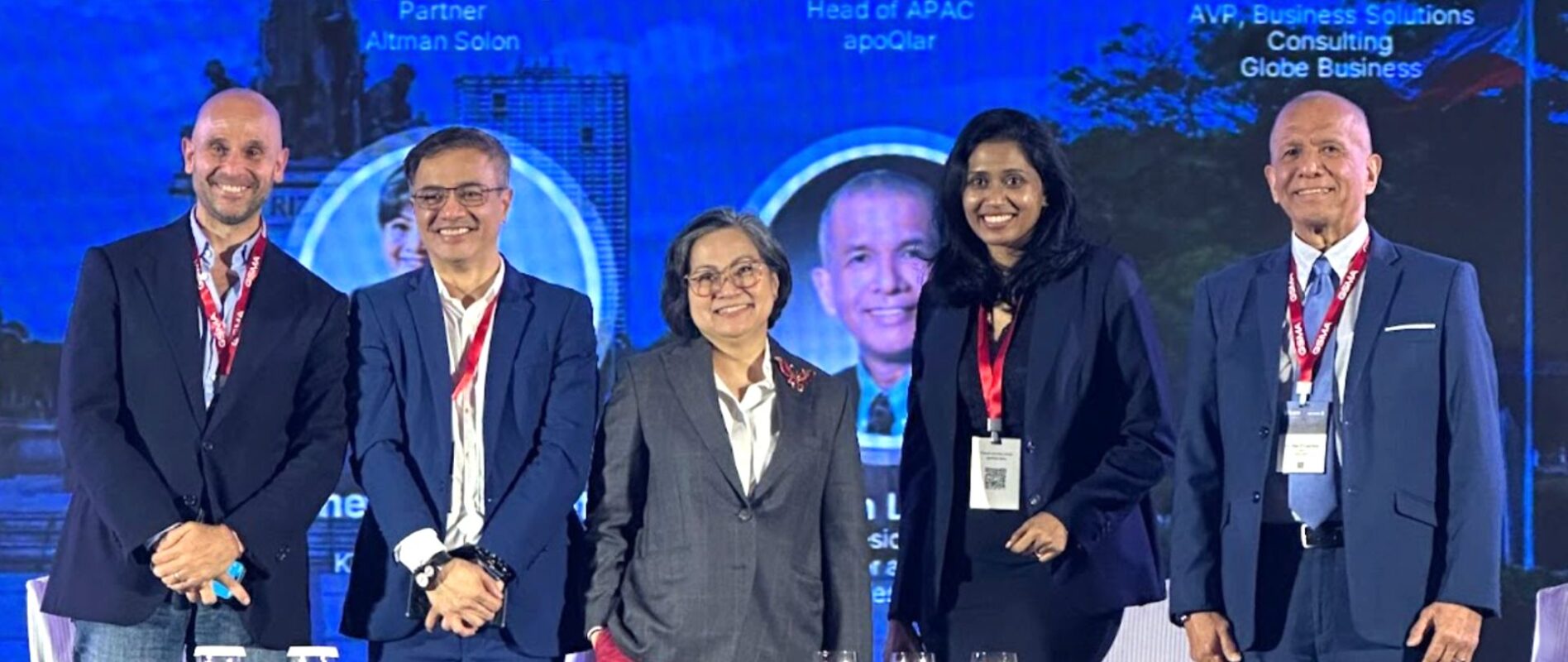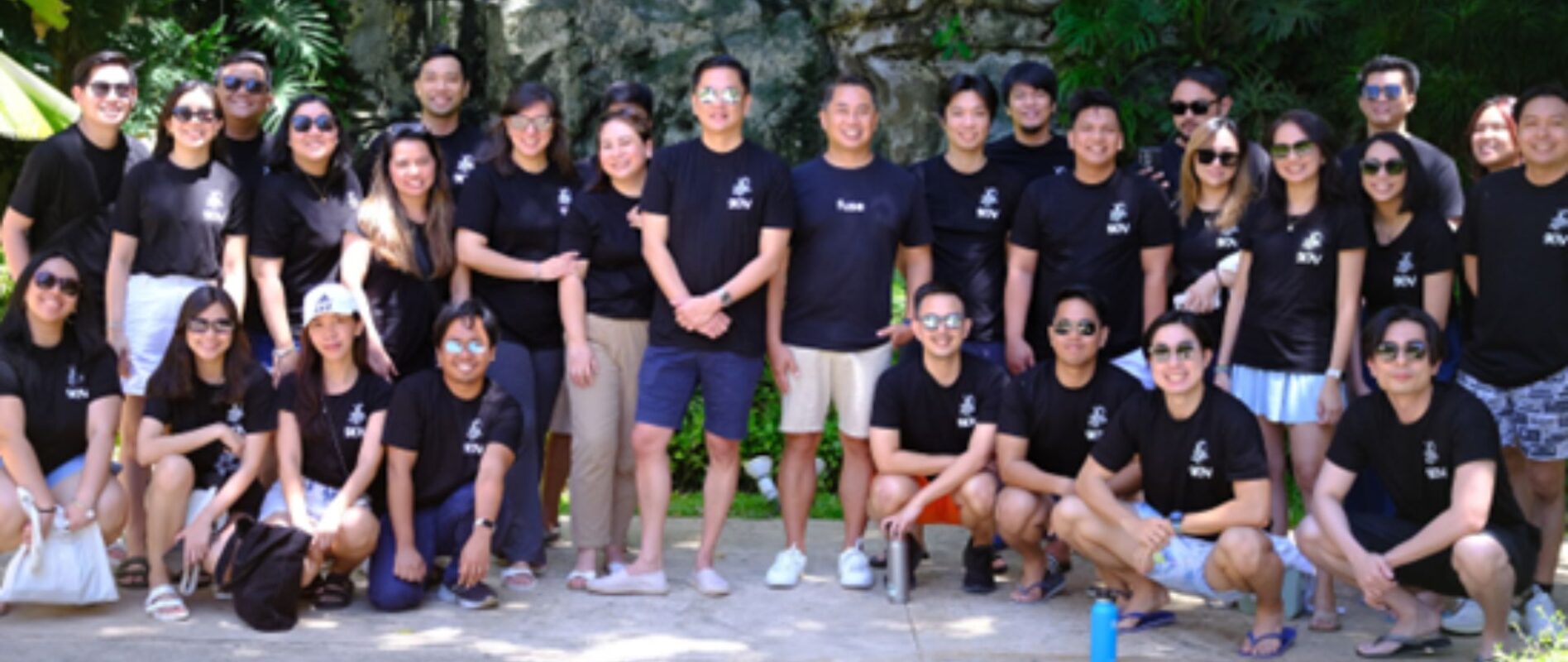RSA: HERITAGE PRESERVATION AND SUSTAINABLE DEV’T SHOULD CO-EXIST

San Miguel Corporation (SMC) president Ramon S. Ang emphasized that the planned Pasig River Expressway (PAREX) project takes into full consideration the presence of historical sites along its alignment–even as he cautioned against misinformation being spread to undermine the many benefits of the project to the greater number of Filipinos, even this early in its development.
“We’re a free country, and we respect everyone’s right to voice their opposition. In fact, after setting the record straight on some issues, we’ve largely let the critics do all the talking. We listen to valid opinions and points, but we just can’t let outright lies pass,” Ang said.
According to Ang, among the lies and misconceptions being spread about the project is that it will impact heritage sites in Intramuros, Manila.
An illustration of the supposed alignment of PAREX showing it runs alongside Intramuros–and identifying relevant historical sites that it will supposedly affect–was spread in social media. The image was supposed to have come from PAREX as presented to media.
“False. The image did not come from us. For the record, per the basic alignment developed in consultation with, and approved by government, PAREX will not run on the Intramuros side, but on the other side, along Binondo,” Ang clarified.
“Very early in the process, common sense dictated we couldn’t place the alignment alongside Intramuros. Like many who oppose the project, we are also Filipinos who value our heritage sites, especially Intramuros, where we helped in the restoration of the Manila Cathedral a few years back,” Ang said.
“By placing the alignment on the other side, we can avoid any significant impact on Intramuros, and actually use the PAREX to showcase our heritage sites to users, including tourists. The area will also become more accessible to more Filipinos, via the planned Bus Rapid Transit system,” said Ang.
He added: “Also, PAREX will be developed as a hybrid infrastructure: It will not just be for vehicles, but also for pedestrians, joggers, and bicycle users. More Filipinos can come and enjoy Intramuros. And with our P2-billion Pasig River clean-up initiative, the river here can be utilized for water transport and tourism, and not just as a docking area for barges.”
Ang added that even today, long-existing issues continue to impact heritage sites in the walled city, including the presence of informal settlers, a golf driving range, barges, and rows of warehouses, condominiums and informal settlers serving as views, along with the polluted river, from Fort Santiago.
Ang reiterated that all valid concerns raised against the project are being taken into consideration in the Detailed Engineering Design phase for the project–which is just starting. This is the phase in the project’s development where the features and alignment of the project is determined.
The features of the project, such as its Bus Rapid Transit, bike lanes, pedestrian walkways, and other features will also be finalized during this stage, he said.
“Right now, what we have is a basic alignment, developed with, and approved by government. And while this basic alignment already avoids Intramuros, it is by no means final. Other areas that people will have issues with, can still be adjusted, based on inputs from government and stakeholders during the detailed engineering design stage,” Ang emphasized.
Ang cited as example another area critics are concerned about, the Arroceros Forest Park. In the current basic alignment, the section of the PAREX runs alongside the area. However, this can easily be remedied, via multiple engineering options. This includes raising or lowering the expressway, or moving it altogether.
“The bottom line is, we are committed to do this right, and nothing will get done without full approval of government. In the coming weeks, we will present visuals of what this infrastructure will look like and we assure you it will be adaptive, inclusive and ecologically resilient benefitting not just a few, but all of us,” Ang said.
Ang reiterated that the company’s commitment to ensure the project is done correctly and sustainably, is evidenced by its intent on getting on board top urban planners and green architects to help ensure it will be a viable, responsible, and sustainable long-term solution to many problems that have affected Metro Manila for so long.
Ang cited that while the PAREX’s design and alignment can be easily adapted to various needs, what’s harder to address are encroachments already made on the Pasig River’s easements.
These include permanent and temporary structures built on the easement by businesses, factories, and even residential communities along the river.
These structures are actually among the many reasons why the river remains polluted, despite numerous efforts to rehabilitate it, and why flooding continues to worsen,” Ang said.
“We want to make life better for the greater number of Filipinos—those who drive, those who commute, those making a living, and even those who prefer to walk or bike through a nice riverside, to get to their destination. This is why PAREX is inclusive,”Ang said.
“We cannot afford just a solution that will build landscaped walkways and beautify the surroundings but does not solve the very real urban problems affecting millions of Filipinos everyday, that have sadly become so normalized in our society, that some would rather not do anything instead of disrupting the status quo,” he said.








